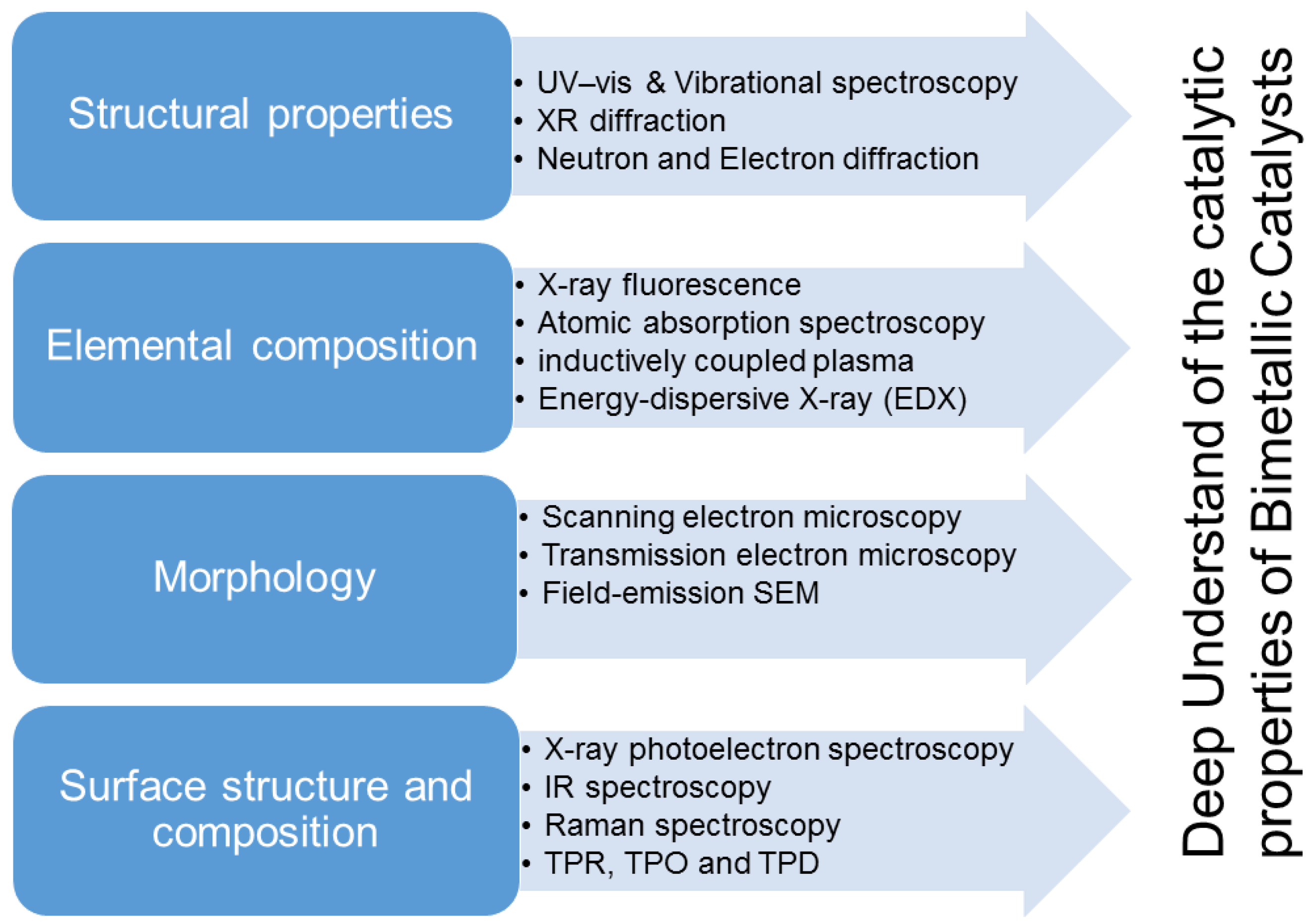List Of Alloys And Their Composition And Uses Pdf Creator
How Alloying Elements Affect the Properties of Copper Alloys Small amounts of alloying elements are often added to metals to improve certain characteristics of the metal. Alloying can increase or reduce the strength, hardness, electrical and thermal conductivity, corrosion resistance, or change the color of a metal. The addition of a substance to improve one property may have unintended effects on other properties. This page describes the effects of various alloying elements on copper and copper alloys such as brass and bronze.

This list contains fictional chemical elements, materials, isotopes or (sub)atomic particles that either a) play a major role in a notable work of fiction, b) are. Composition; his alloy was mixed in the follow- ing proportions: 40 percent copper, 31 percent nickel, 26 percent zinc, and 3 percent iron. Although many attempts were made to in- corporate nickel in cast iron, wrought iron, and steel, it remained for Riley [15] to be the first to describe the improved mechanical properties.
• Strength Solid solution strengthening of copper is a common procedure. Small amounts of an alloying element added to molten copper will completely dissolve and form a homogeneous microstructure (a single phase). At some point, additional amounts of the alloying element will not dissolve; the exact amount is dependent on the solid solubility of the particular element in copper.
When that solid solubility limit is exceeded, two distinct microstructures form with different compositions and hardnesses. Unalloyed copper is relatively soft compared to common structural metals. An alloy with tin added to copper is known as bronze; the resulting alloy is stronger and harder than either of the pure metals. The same is true when zinc is added to copper to form alloys known as brass.
It should be noted that neither 'brass' nor 'bronze' is a concrete, technical term. Hex Comparison 1 82 Serial Podcast on this page. Tin is more effective in strengthening copper than zinc, but is also more expensive and has a greater detrimental effect on the electrical and thermal conductivities than zinc.
Aluminum (forming alloys known as aluminum bronzes), Manganese, Nickel, and Silicon can also be added to strengthen copper. Another copper strengthening method is precipitation hardening. The process involves quenching a supersaturated solid solution from an elevated temperature, then reheating to a lower temperature (aging) to allow the excess solute to precipitate out and form a second phase. This process is often used for copper alloys containing beryllium, chromium, nickel, or zirconium.
Precipitation hardening offers distinct advantages. Fabrication is relatively easy using the soft solution-annealed form of the quenched metal.
The subsequent aging process of the fabricated part can be performed using relatively inexpensive and unsophisticated furnaces. Often the heat treatment can be performed in air, at moderate furnace temperatures, and with little or no controlled cooling. Many combinations of ductility, impact resistance, hardness, conductivity, and strength can be obtained by varying the heat treatment times and temperatures.
• Electrical and Thermal Conductivity Pure copper is a very good conductor of both electricity and heat. The International Annealed Copper Standard (IACS; a high purity copper with a resistivity of 0.0000017 Ohm-cm) is still sometimes used as an electrical conductivity standard for metals. The best way to increase the electrical and thermal conductivity of copper is to decrease the impurity levels.
The existence of impurities and all common alloying elements, except for silver, will decrease the electrical and thermal conductivity of copper. As the amount of the second element increases, the electrical conductivity of the alloy decreases. Cadmium has the smallest effect on resulting alloy's electrical conductivity, followed by increasing effects from zinc, tin, nickel, aluminum, manganese, silicon, then phosphorus.
Comments are closed.